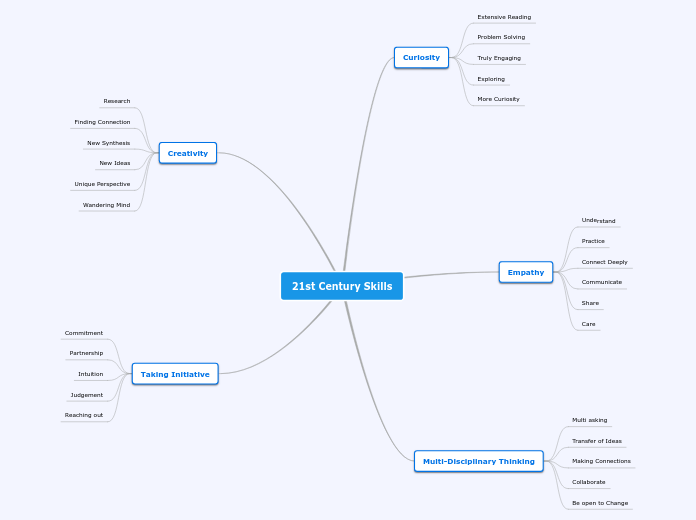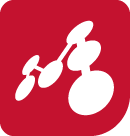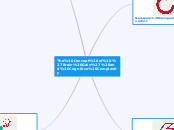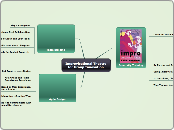MARÍA MONTESSORI
The teaching principles of María Montessori are centered around fostering creativity and independence in students. Maite Vallet's approach further emphasizes stages of learning where manipulation and hands-on activities serve as the initial motivators.
開啟
An approach to María Montessori's teaching principles according to Maite Vallet ABOUT THE ENVIRONMENT To facilitate reading, there should be a suitable place for it within the class Teaching materials must be ordered according to the area to which they belong Physical materials should be distributed to generate motivation and interest in the child Children need to have schedules with the activities to be done in the day PRINCIPLES OF MARÍA MONTESSORI'S PEDAGOGY The child is the protagonist and the educator develops the conditions for their correct development The children' rhythms and differences must be respected Children development must be in freedom A DAY IN CLASS - PRESCHOOL In the afternoon Learn how to know themselves and the environment Learning through the enjoyment of the Ensligh language Activities focused on sports, music and dramatisation In the morning The educator is the last option for resolving problems Children must solve doubts by themselves or by collaborating Mainly individual or small-group activities Literacy or math-logic activities Greetings and preparation for the day ABOUT AUTONOMY Problem solving generates self-discipline by knowing what activity is most convinient and promoting the rules to solve it Everyday actions become classroom activities so that they recognise what they need and where to look for it Education is based on dealing with everyday situations that are influenced by their actions, feelings and decisions The programming of activities must be focused on obtaining the child's autonomy The freedom to feel and act influences the child's personal improvement The child's development influences their physical and emotional dependence ABOUT MARÍA MONTESSORI Proposal focused on sensory activities for a comprehensive education Method focused on the study of the child and the role of the teacher Creator of the Constructive Model of Education Considered the first female educator of the 20th century AN APPLICATION IN SUBSEQUENT COURSES The process generates management of exercises and problems, generates cognitive conflicts in which they must give answers and solve their own mistales Third stage: development of abstraction through written language and mental processes Second stage: the teacher establishes schemes for students to develop mathematical skills through verbalisation and socialisation First stage: manipulation generates motivation in students and awakens their creativity









